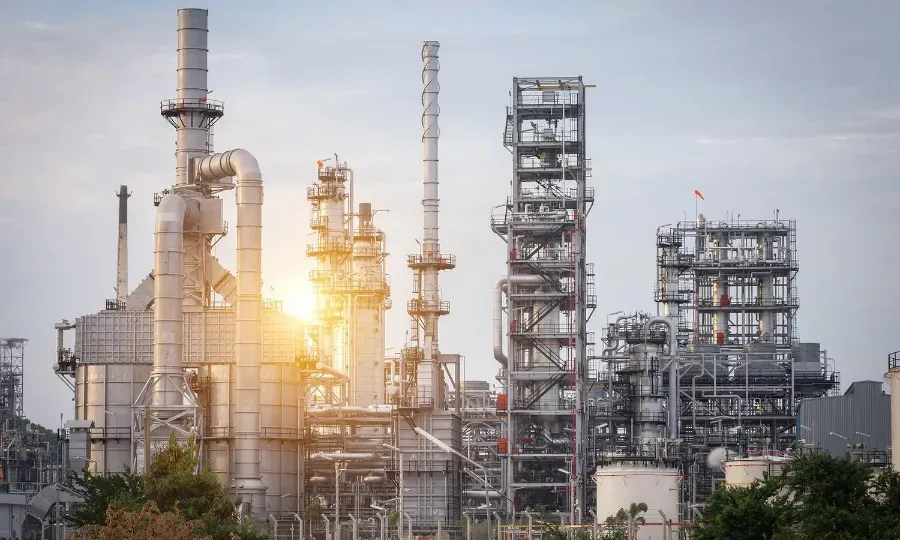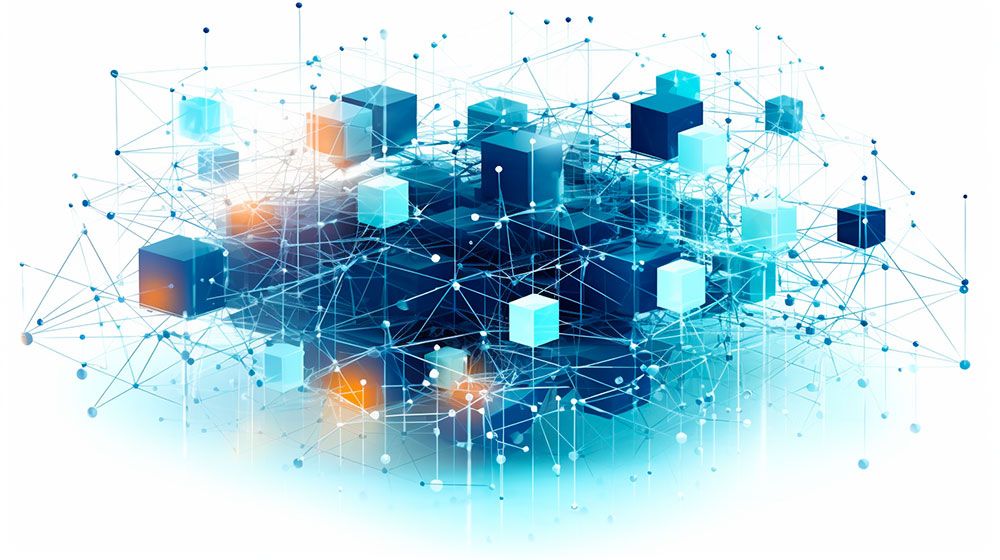If Big Data Is The New Oil, The Oil and Gas Industry Knows How To Handle It

The multi-billion dollar oil & gas industry should use big data technologies to optimize processes that enable the collection of vast amounts of data that can be used to provide additional insights, better monitoring and additional revenues. There are ample opportunities for the oil and gas companies to use big data to get more oil or gas out of new or existing wells as well as increase safety and mitigate environmental risks.
Exploration and discovery of oil and gas
2D, 3D, 4D seismic monitors generate vast amounts of data during oil and gas explorations. This data can help to find new oil and gas fields as well as help to identify potentially productive seismic trace signatures previously overlooked. With multiple parallel processing platforms the data can be analyzed fast and accurately, taking into account many different data variables that affect the profitability of a new oil well, including production costs, transport of oil or employees, weather related uptime or downtime etc.
Massive amounts of drilling data can be analyzed and monitored in real-time alerting to anomalies that might occur, based on many different variables such as weather data, soil data, equipment sensor data etc. This will predict in real-time the success of drilling operations when looking for new oil or gas.
Seismic data can also be used to determine the amount of oil or gas in new or previously overlooked oil wells. Combining various data sets such as historical production and drilling data from local sites can give additional insights in future production volumes. This is especially useful when environmental restrictions prevent new surveys. Combined with public data such as weather data, ocean currents or ice flows an accurate prediction can be made regarding future production volumes.
An additional advantage of the sensors placed within oil wells and across the earth surface, is that it provides additional information about seismic activity and how drilling affect seismic activities. The closer the sensors are located to seismic activity, the earlier seismic activity is detected and warnings can be send out to citizens affected by a possible earthquake.
Optimization of oil and gas production
Data from various sources such as sensor data from equipment (including pressure, temperature, volume, shock, and vibration data), geological data such as scientific models related to understand the earth subsurface and weather data (the impact of storms on rigs for example) can be used to detect any errors or upcoming failures during drilling.
Sensors attached to drill-heads and equipment can be monitored to understand how the equipment is behaving, to predict when a product is about to fail or when maintenance is required for a product. Combined with historical data of equipment failure it becomes possible to monitor all equipment around the world in real-time and predict equipment failure.
All data can be collected and analyzed centrally to better understand what equipment works best in what environment. This will enable organizations to optimize how the equipment is used and reduce latency. Sensor data on equipment can predict failures and indicate required repairs before they occur. When this data is combined with the ERP of the organization, new spare parts can be order before a machines fails and arrive on-time for the engineer to use when data indicates that the machines requires reparation. Maintenance planning can be adjusted accordingly reducing downtime and inventory levels.
To Mitigate Risk and Ensure Safety
Using data from various sources, anomalies in drilling can be detected in real-time and decisions can be made earlier to shut down if necessary to prevent any large environment risks. In addition, video data from smart cameras can be used to see in real-time what is happening. Algorithms can detect patterns or outliers and predict security breaches online and offline and alert security to take action if the security is breached at sites around the world.
Big data and the oil & gas industry are a very powerful combination. Apart from the massive benefits for the oil and gas companies, there are also side benefits in other industries due to the massive amounts of sensors used by this oil & gas industry, as is shown by the best practice of Shell.





